What should I do if the inside of the knee hurts when I practice seated yoga pose?
Two days ago, I shared the yoga sitting angle pose, and many people left messages in the comment area or the backstage of the public account saying that the inner side of the knee hurts. Just say it.Solution of knee pain when I practice seated yoga pose
First, let’s get to know the seated angle, the picture below
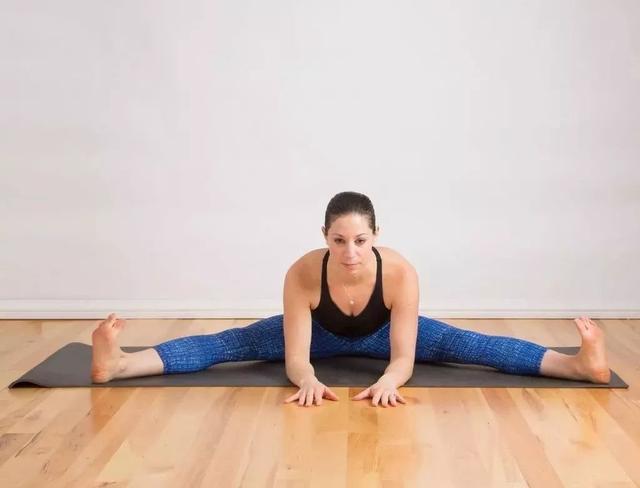
Basic sitting, a classic hip opener.
Let’s analyze why the inside of the knee joint is prone to pain in this pose.
1.The direction of movement of the hip joint in seated angle pose.
In Seated Cane Pose, keep your legs straight, with your hips flexed and your knees straight, either with your feet together or with your feet hip-width apart. In fact, similar to Mountain Pose, the hips and knees are in a very stable and comfortable natural state.
When the feet are opened to the sides beyond the width of the pelvis, abduction and external rotation are added to the hip joint on the basis of forward flexion. The greater the distance between the feet, the greater the flexibility of hip external rotation and abduction. higher. If forward flexion is added, for some people, the requirement for flexibility in the direction of hip abduction and external rotation is higher.
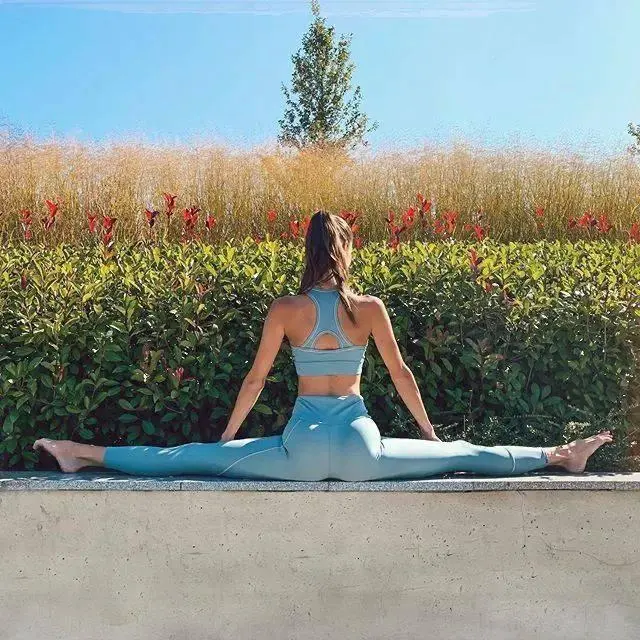
2. In the sitting angle, there are various situations that may occur in the hip and knee joints.
As we said above, the hip joint should be abducted and externally rotated in Seated Pose. If the flexibility of the external rotation of the hip joint is not enough, when the feet are opened to a certain extent, the thigh will do internal rotation. If you add forward flexion, the internal rotation of the thigh will be even stronger.
a. At this time, if the internal rotation of your knees and toes toward the thigh is the same, that is, the three points we call the middle of the thigh, just above the knee, and the toes are in a straight line. At this time, the knee is in an upright position, there is no pressure on the inside of the knee, and there is no pain.
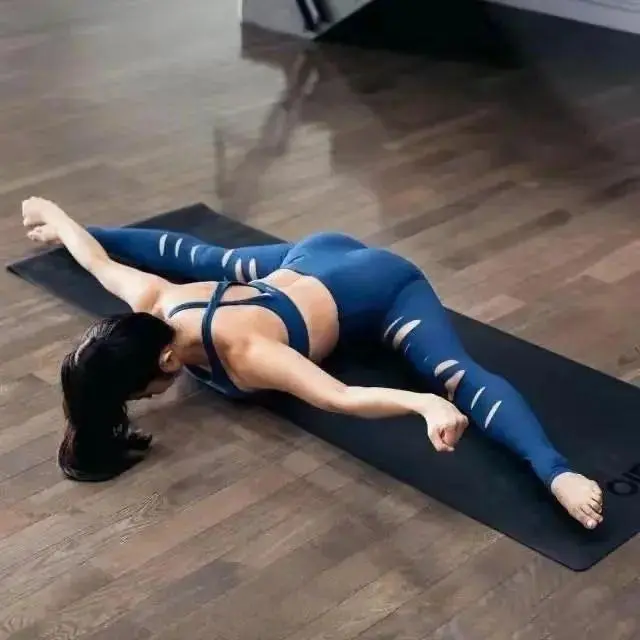
b. When the thigh is internally rotated, if the toes are directed upward, the knee will be subjected to a twisting force. It is equivalent to the front of the thigh is inward, but the calf is upward, the knee is subjected to the twisting ability in the middle, and the inner side of the knee will have pain.
c. The thighs are kept in the external rotation state they should have in the sitting angle, but the strength on the outside of the hips and legs is not enough. Even just sitting without bending forward, there is no way for the knees to face upwards, and they will fall forward. incredible. In fact, this is what we call the inner buckle of the knee in the standing posture, the knee will also be twisted, and the inner side will also be painful.
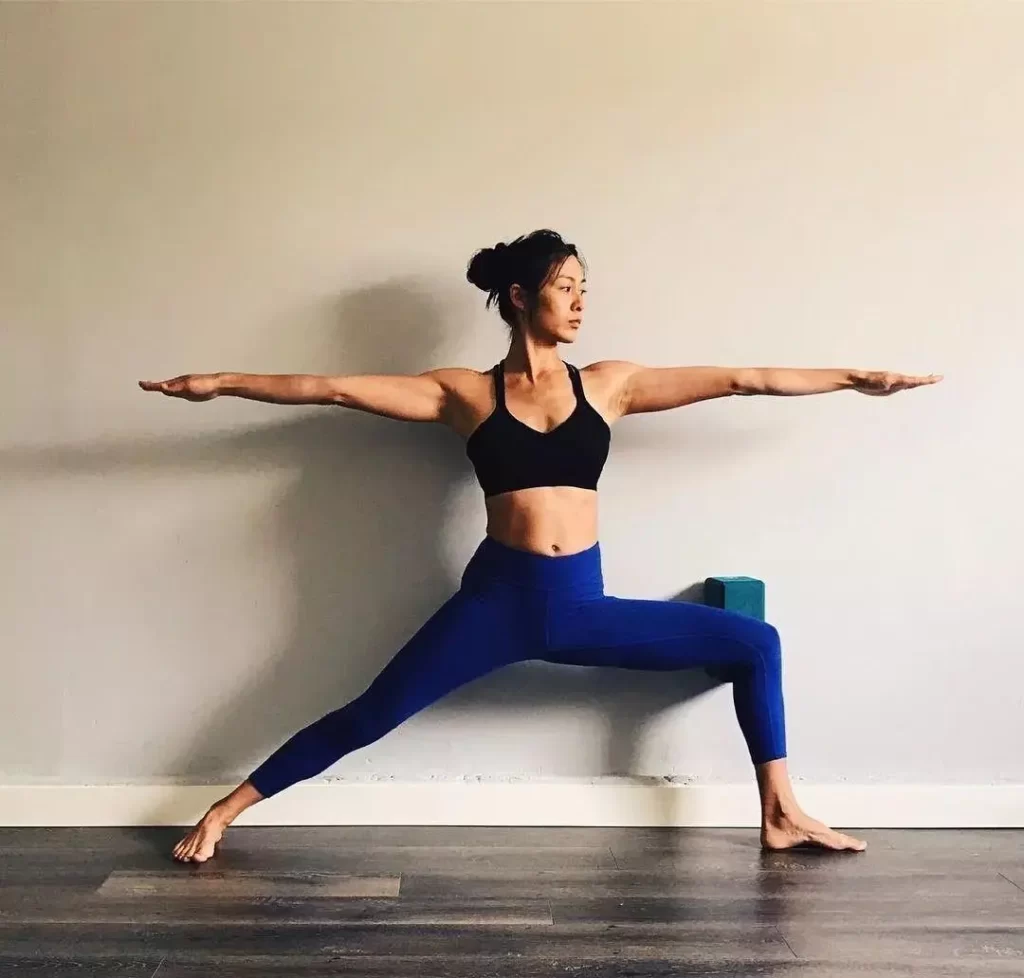
d. There is another situation, that is, the pure inner thigh is too tight, beyond the range it can bear, and it hurts when pulled.
Finally, here is the solution:
1.The midline of the front of the thigh, just above the knee, and the toes. These three points are in one direction, either facing forward or upward. And this orientation is determined by the direction of movement of the hip joint. If the hip is externally rotated and the thigh is facing up, the knees and toes are facing up; if the thigh is internally rotated and the thighs are facing forward, the knees and toes will follow along.
About this, I have shared it in detail before, you can take a look at it: Practice yoga: many people even do wrong 90 degrees of external rotation of the soles of the feet (recommended collection)
2. the force is correct. The power of the seated angle has been said many times. Starting at the hip, extend the inside out, push the big toe far away, and retract the outside, below
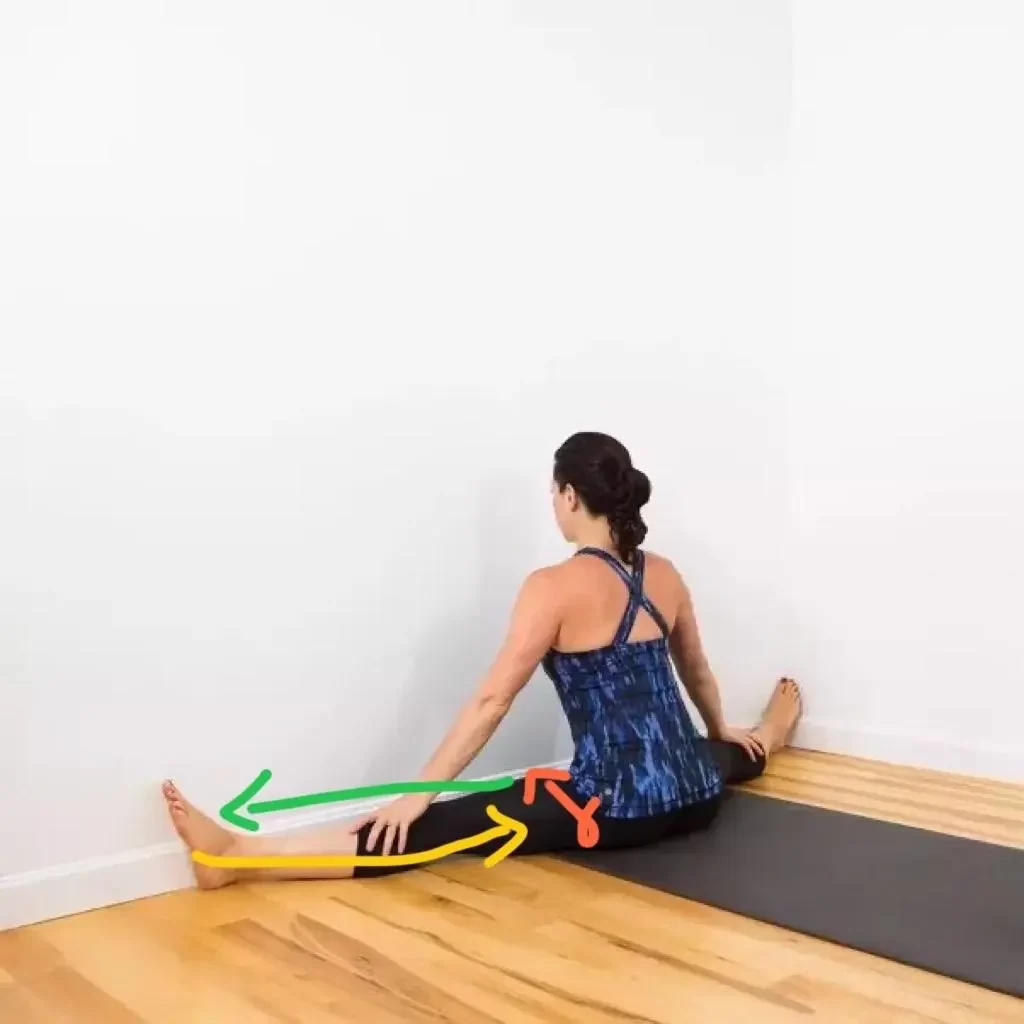
3.Step by step exercises within the scope of ability. This is the easiest and crudest way to prevent pain and discomfort of all kinds. It has nothing to do with the details and methods of exertion, it is only related to the mentality. It sounds the easiest, but it is the hardest to do.
There is obvious discomfort or even pain in the knee, but I don’t know where the problem is, and I can’t solve it, and many people practice with discomfort and pain. In this case, my consistent proposition is to reduce the difficulty of the asana and step back. Go back a little, you don’t have to work so hard, you have more strength to control and adjust, and find the correct force and the alignment of the joints.
The harder you work on the wrong road, the farther you go, even if you stay where you are, it’s better than going in the opposite direction. Besides, the practice within your ability is actually the safest and most efficient practice.
Read more tips about health and fitness http://www.growmorehealth.com
